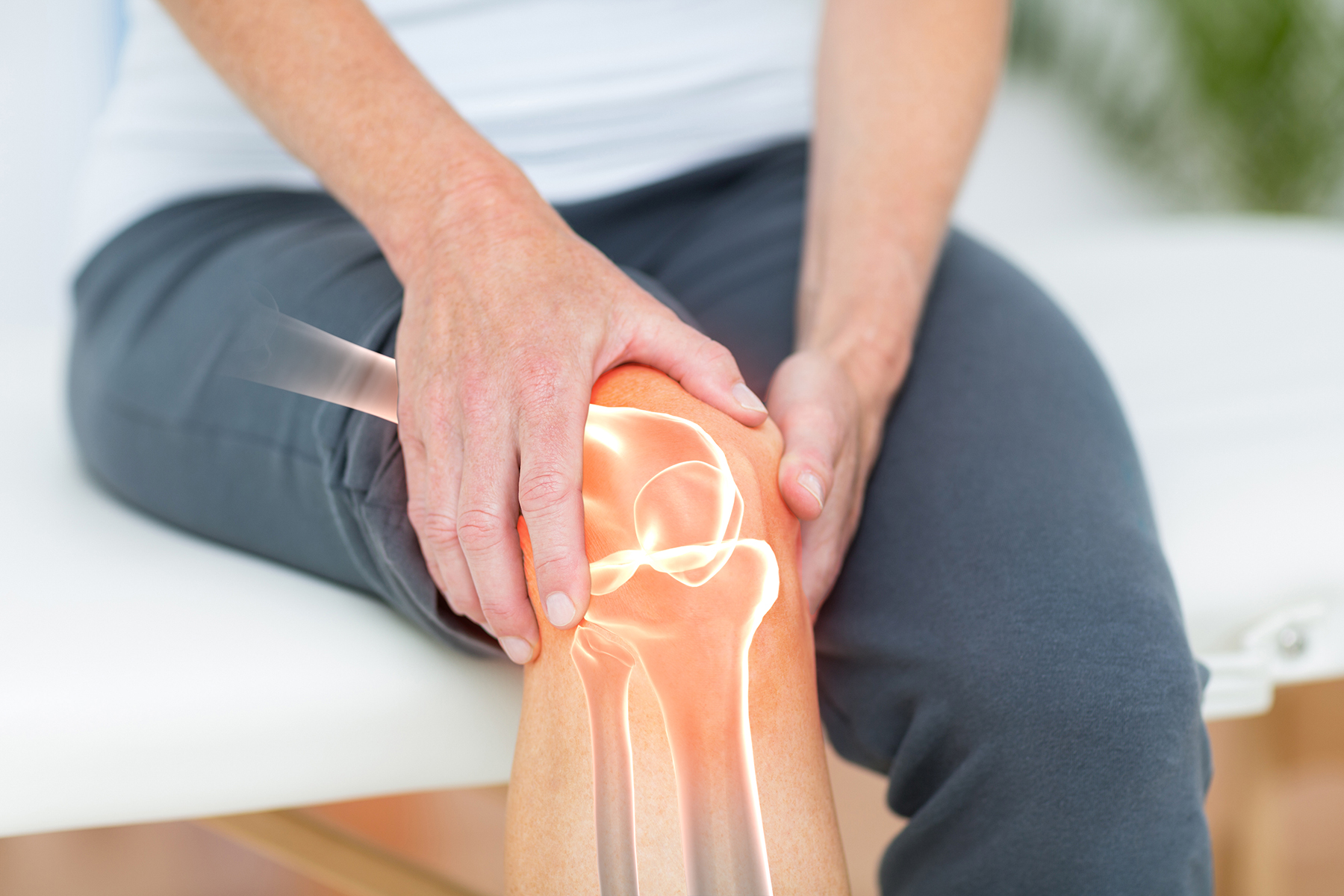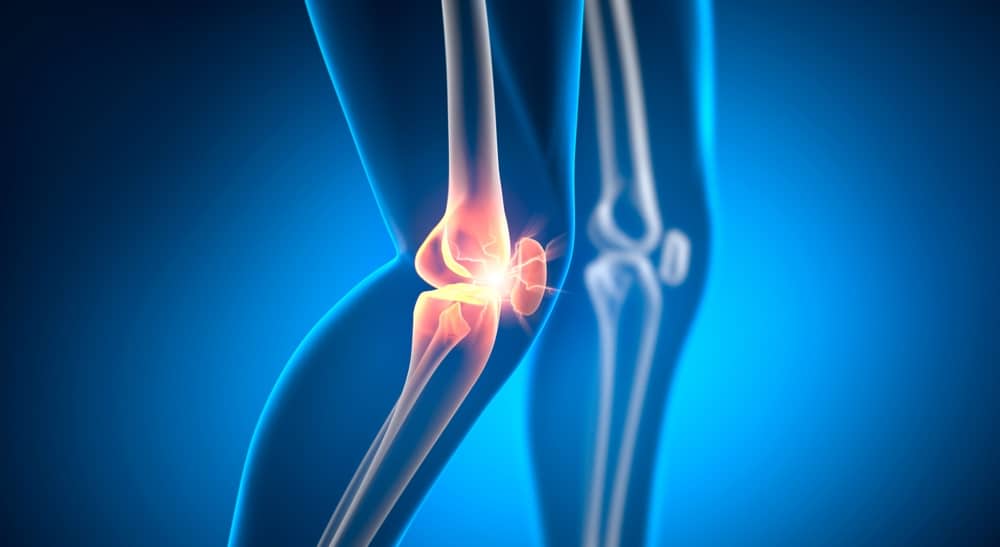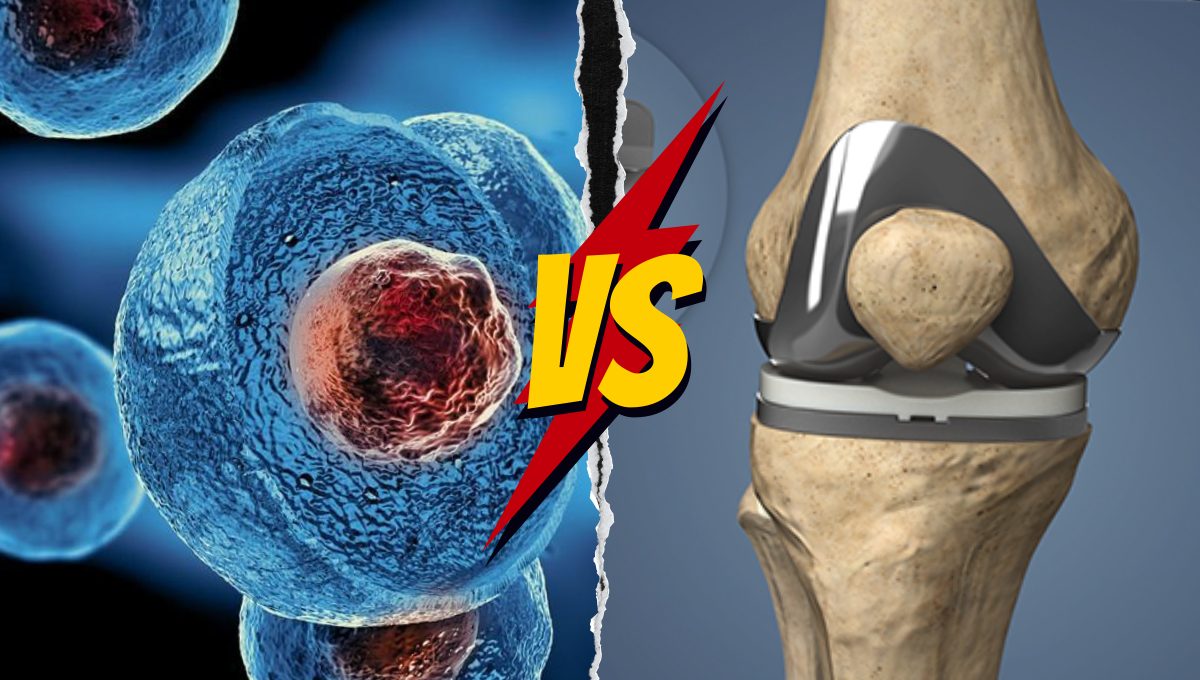- Home
- About Us
- Book Appointment
- Treatments
- Alzheimer’s Disease
- Anti-Aging
- Autism
- Autoimmune Disorders
- Back Pain
- COPD
- Crohns Disease And Ulcerative Colitis
- Erectile dysfunction and Penis enlargement
- Fibromyalgia
- Hip Pain
- Knee Pain
- Lupus
- Lyme Disease
- Multiple Sclerosis
- Muscular dystrophy
- Parkinsons Disease
- Peripheral And Diabetic Neuropathy
- Post Cancer Treatments
- Post Stroke Recovery
- Psoriasis
- Rheumatoid Arthritis
- Shoulder Pain
- Join The Club
- Aesthetics
- Blog
- Contact Us
Knee pain, whether due to injury, arthritis, or wear and tear, is a common affliction that affects millions of people globally. Traditionally, knee replacement surgery has been the go-to solution for severe knee issues. However, recent advancements in medical science have introduced an alternative: stem cell therapy for knee pain. This innovative treatment offers a promising option for those looking to avoid the invasiveness and lengthy recovery associated with surgery. In this blog, we will explore both stem cell therapy and knee replacement surgery, providing a detailed comparison to help you make an informed decision.
Stem cell therapy has gained significant traction in recent years due to its potential to regenerate damaged tissues and alleviate chronic pain. Stem cell therapy for knees uses mesenchymal stem cells (MSCs) derived from Wharton’s Jelly in the umbilical cord. These stem cells have the unique ability to differentiate into various cell types, including cartilage, which makes them ideal for treating knee pain. The Life Altering Stem Cell Therapy Institute, an American-owned and operated facility, specializes in this cutting-edge treatment, offering hope to patients seeking an alternative to traditional knee replacement surgery.
Understanding Stem Cell Therapy for Knee Pain
What is Stem Cell Therapy?
Stem cell therapy involves injecting stem cells into the damaged area to promote healing and regeneration. MSCs are particularly effective because they can transform into different types of cells, aiding in the repair of damaged tissues. This treatment is minimally invasive, often performed on an outpatient basis, and has shown promising results in reducing pain and improving knee function.
How Does It Work?
- Harvesting MSCs: The process begins with the collection of MSCs from Wharton’s Jelly in the umbilical cord. These cells are then processed and prepared for injection.
- Injection: The MSCs are injected directly into the knee joint. This procedure is guided by imaging technology to ensure precision.
- Regeneration: Once injected, the stem cells start working by reducing inflammation and promoting the regeneration of damaged cartilage and tissues.
Read Also: Unlocking the Potential of Stem Cells for Heart Failure and Stroke Recovery
Comparing Stem Cell Therapy and Knee Replacement Surgery
Efficacy
- Stem Cell Therapy: Studies have shown that stem cell treatment for knees can significantly reduce pain and improve joint function. According to a study published in the Journal of Translational Medicine, patients who received stem cell injections reported a 60-70% improvement in pain and mobility within six months.
- Knee Replacement Surgery: Knee replacement surgery is highly effective, with over 90% of patients experiencing significant pain relief and improved function. However, the outcomes depend on several factors, including the patient’s overall health and adherence to post-surgery rehabilitation.
Recovery Time
- Stem Cell Therapy: One of the most significant advantages of stem cell therapy for knee pain is the minimal recovery time. Most patients can resume their normal activities within a few days to weeks, with gradual improvement over time.
- Knee Replacement Surgery: Recovery from knee replacement surgery is more prolonged and can take several months. Patients need to commit to a rigorous rehabilitation program to regain full function.
Risks and Complications
- Stem Cell Therapy: The risks associated with stem cell therapy and treatment for chronic knee pain are relatively low. Since the procedure is minimally invasive, complications such as infection or adverse reactions are rare.
- Knee Replacement Surgery: Knee replacement surgery carries higher risks, including infection, blood clots, and complications from anesthesia. Additionally, there is a risk of the artificial joint wearing out over time, potentially requiring revision surgery.
Cost
- Stem Cell Therapy: The stem cell knee therapy cost can vary widely depending on the clinic and the specific treatment protocol. On average, it ranges from $5,000 to $10,000 per knee.
- Knee Replacement Surgery: The cost of knee replacement surgery is generally higher, ranging from $30,000 to $50,000, including hospital stays, surgery fees, and post-operative care.
Read Also: Advanced Cost-Effective Stem Cell Treatment for Baltimore Patients
Follow-up and Outcomes
Stem Cell Therapy Follow-up
Patients undergoing stem cell therapy for knees typically have follow-up appointments to monitor progress. These may include imaging tests to assess cartilage regeneration and physical assessments to track improvements in mobility and pain levels. The long-term outcomes are promising, with many patients reporting sustained pain relief and improved joint function for several years post-treatment.
Knee Replacement Surgery Follow-up
Follow-up care for knee replacement surgery is more intensive. Patients need regular check-ups to monitor the artificial joint and ensure proper healing. Physical therapy is a crucial component of recovery, often lasting several months. While most patients experience significant improvement, some may require additional surgeries if complications arise or the artificial joint wears out.
Conclusion
Choosing between stem cell therapy and knee replacement surgery depends on various factors, including the severity of knee damage, overall health, and personal preferences. Stem cell therapy offers a less invasive option with quicker recovery and fewer risks, making it an attractive alternative for many patients. The Life Altering Stem Cell Therapy Institute utilizes advanced techniques and MSCs from Wharton’s Jelly to provide effective stem cell treatments for knee pain.
On the other hand, knee replacement surgery remains a highly effective solution for severe cases, with a proven track record of success. However, it requires a more extended recovery period and carries higher risks.
In summary, both treatments have their merits, and the best choice varies from patient to patient. Consulting with a medical professional and considering your specific circumstances is crucial in making the right decision. Whether opting for the innovative stem cell therapy or the traditional knee replacement surgery, advancements in medical science continue to offer hope and improved quality of life for those suffering from knee pain.







